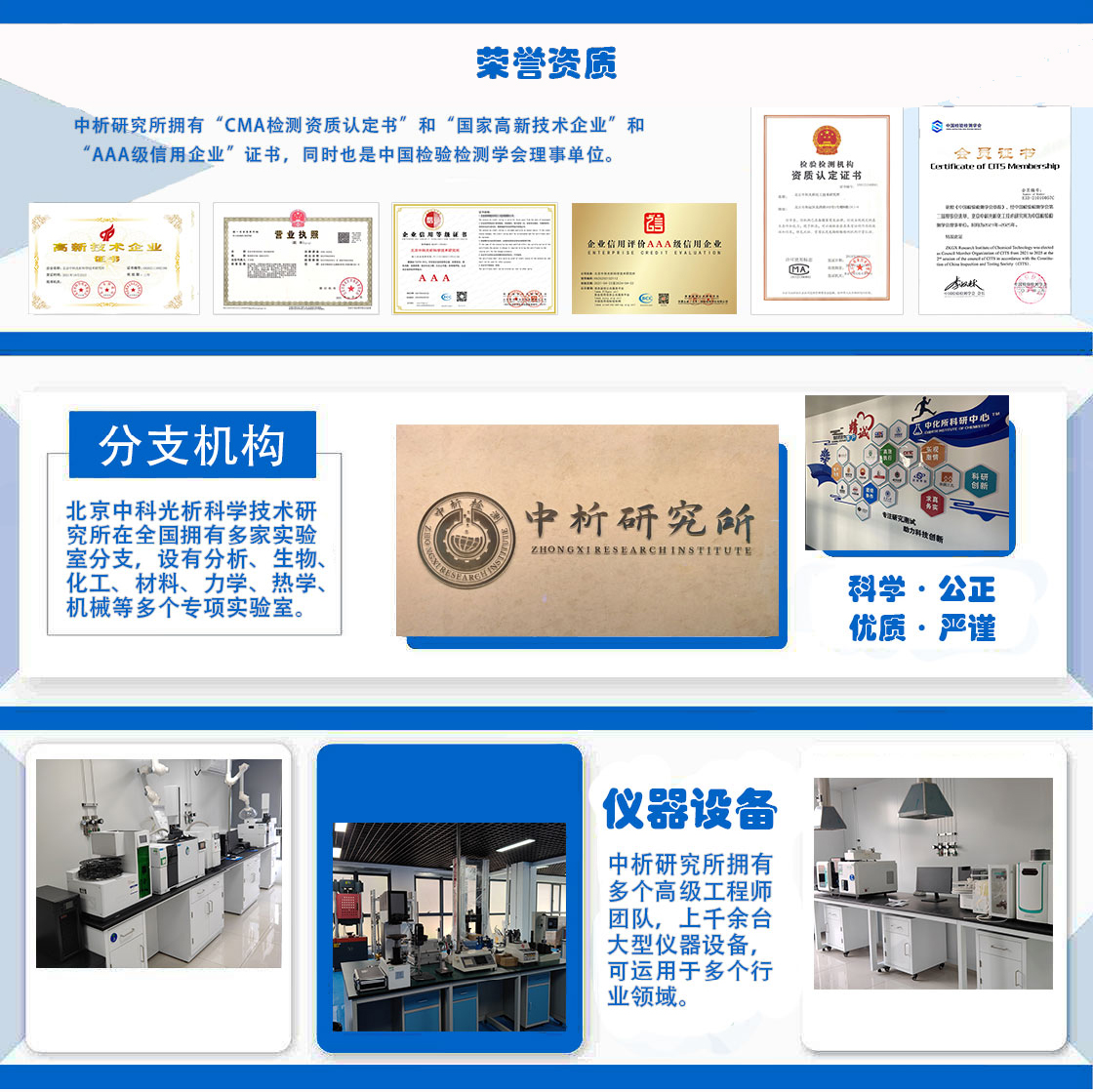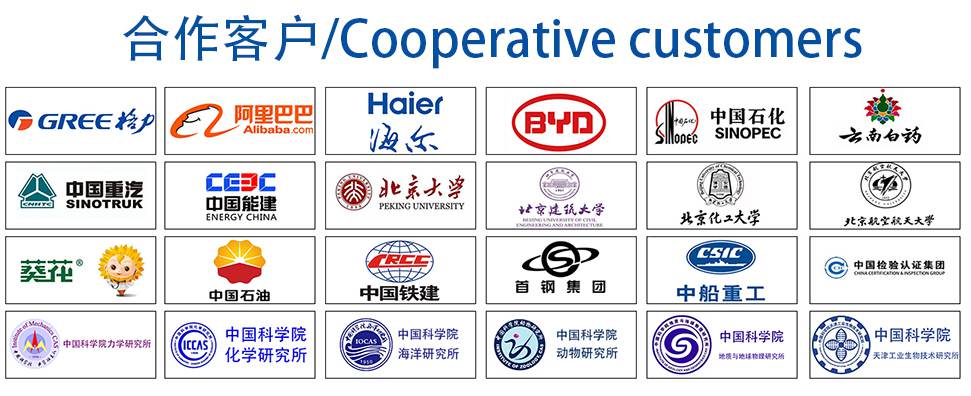Requirements and Test Methods for Manual Wheelchairs: Key Inspection Items
Manual wheelchairs are essential mobility aids designed to ensure safety, comfort, and durability for users. Compliance with international standards such as ISO 7176 (series) and ANSI/RESNA WC-1 is critical for manufacturers and testing laboratories. This article outlines the primary requirements and test methods for manual wheelchairs, focusing on structural integrity, stability, and performance under simulated usage conditions.
1. Structural Strength Requirements
Manual wheelchairs must withstand static and dynamic loads to prevent structural failure. Key requirements include:
- Frame Strength: The wheelchair frame should support a minimum static load of 1,100 N applied vertically to the seat and backrest.
- Armrest and Footrest Durability: Components must resist deformation under 300 N downward force.
- Wheel and Axle Integrity: Wheels should sustain 1.5 times the maximum user weight without permanent deformation.
2. Stability Testing Methods
Stability tests evaluate the wheelchair's resistance to tipping under various conditions:
- Forward Tilt Test: Measure the angle at which the wheelchair tips when ascending a slope (max 10° permitted).
- Lateral Stability Test: Apply lateral forces to determine tipping threshold on inclined surfaces.
- Anti-Tip Device Validation: Verify effectiveness of rear anti-tip wheels under sudden deceleration scenarios.
3. Fatigue and Durability Testing
Simulated lifespan testing assesses long-term performance:
- Dynamic Load Cycles: 200,000 cycles of alternating loads (600-1,200 N) on seat and backrest.
- Obstacle Impact Test: Repeated collisions with 50 mm high barriers at 1.5 m/s speed.
- Folding Mechanism Endurance: 10,000 open/close cycles to verify hinge durability.
4. Safety and Ergonomics Checks
Critical user protection evaluations include:
- Brake Performance: Verify parking brakes hold against 1/6 body weight on 10° incline.
- Pinch Point Analysis: Ensure all moving parts maintain ≥12 mm clearance.
- User Transfer Safety: Validate anti-slip surfaces and handgrip accessibility.
5. Environmental Compliance
Additional tests for material resilience:
- Corrosion Resistance: Salt spray exposure per ISO 9227 (72 hours minimum).
- UV Degradation Test: 500-hour accelerated weathering for polymer components.
- Temperature Cycling: Validate functionality between -20°C to 50°C.
Conclusion
Comprehensive testing of manual wheelchairs requires specialized equipment including universal test machines, inclined platforms, and environmental chambers. Manufacturers must implement quality control protocols aligned with ISO 7176-8 (static testing), ISO 7176-11 (fatigue testing), and ISO 7176-15 (information disclosure requirements). Regular third-party certification ensures global market access and user safety compliance.





 扫一扫关注公众号
扫一扫关注公众号

